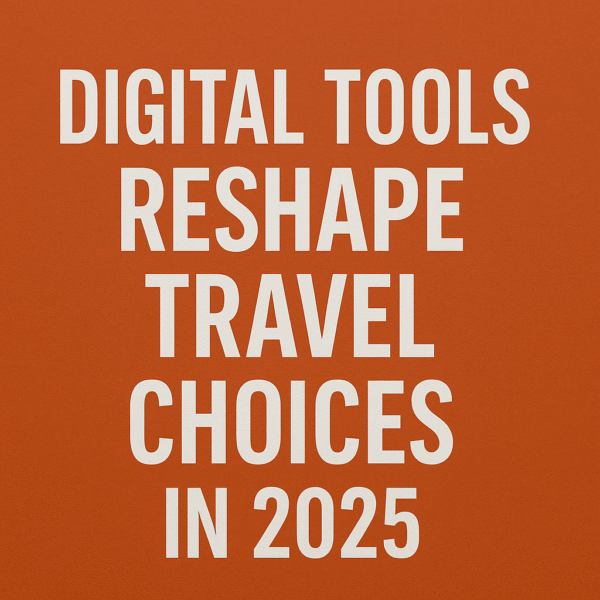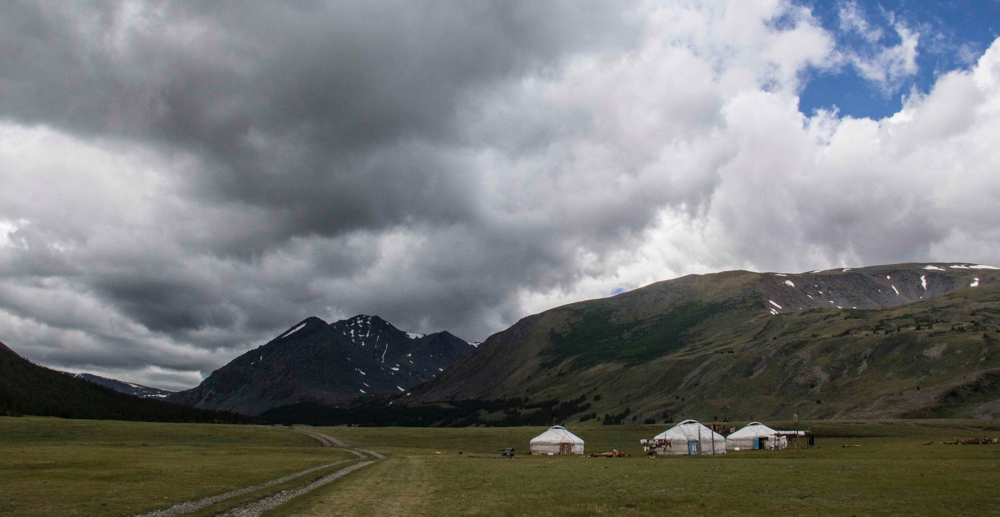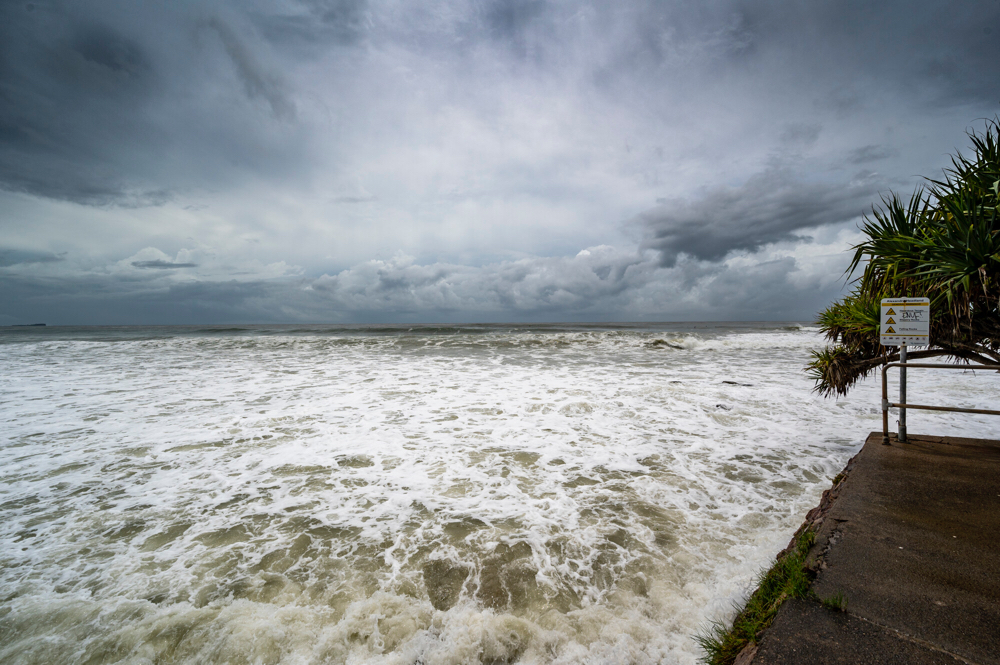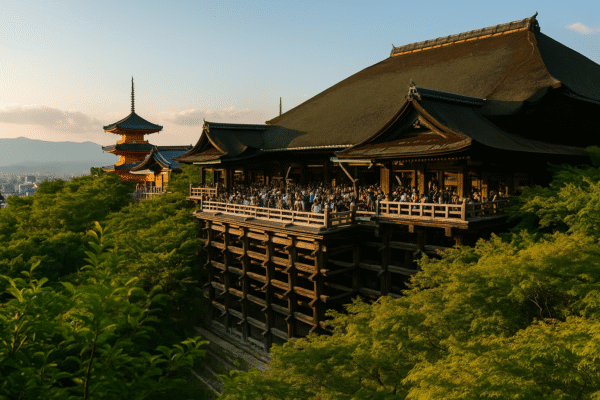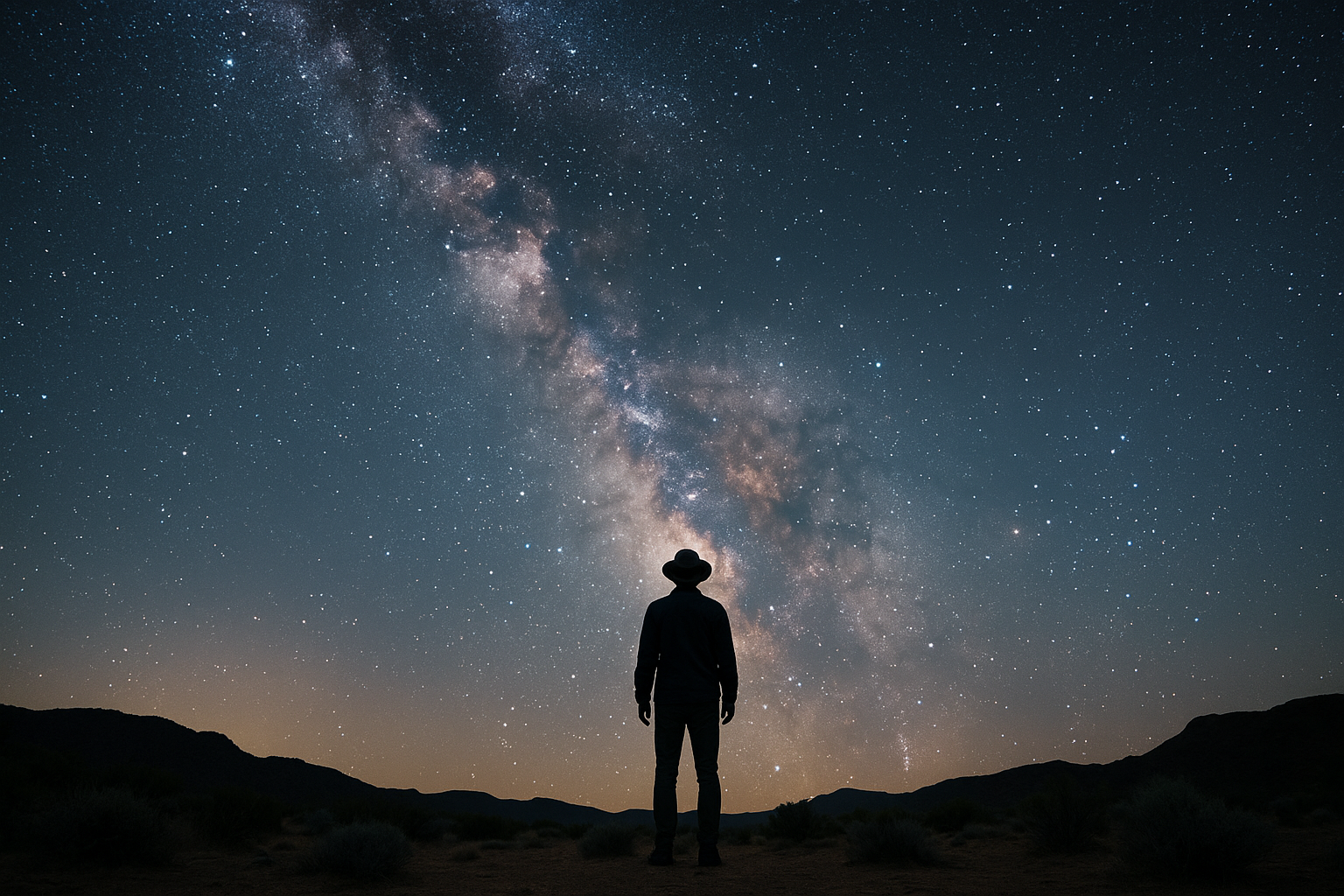Ever wondered what happens once the sun goes down? If its a yes, you fall in my category. I look for the magic and yet want to chase the stars. Well, a rising trend—astrotourism, also called noctourism—has travelers swapping crowded beaches for tranquil landscapes bathed in starlight. Whether it’s chasing solar eclipses, witnessing meteor showers, or simply seeing the Milky Way, the night is becoming the new frontier for unforgettable adventures.
Why Dark Skies Are Hotter Than Ever
- Soaring Demand: A Booking.com survey reports that a remarkable 62% of travelers plan to travel for stargazing, with star‑bathing, guided star tours, and cosmic events topping bucket lists.
- Growing Market Value: The global astrotourism market hit $250 million in 2023 and is projected to reach around $400 million by 2030—showcasing a 10% compound annual growth rate (CAGR)
- Local Impact: In the U.S., regions like Utah’s Colorado Plateau are seeing $2.4 billion in wages generated annually and around 10,000 new jobs tied to night‑sky tourism.
- Mixed Motivations: Beyond stargazing, noctourism appeals due to environmental consciousness, wellness, and novelty. It’s not just about the stars—it’s about slowing down, reconnecting with nature, and experiencing wonder.
Must-See Dark-Sky Destinations
- Kaikōura, New Zealand: Accredited as an International Dark Sky Sanctuary in September 2024, this area offers pristine Milky Way views and community-led conservation.
- Hanle, India: India’s first dark‑sky preserve, established in Ladakh, features superb observational conditions and strict lighting controls to preserve night darkness.
- Global Hotspots: Iconic locations like Bryce Canyon, Mauna Kea, Flagstaff, Waterton‑Glacier Park, Interlaken, Iceland, and Bolivia’s Salar de Uyuni are earning acclaim for unforgettable celestial experiences.
- Bluff, Utah: Newly designated as a Dark Sky Place in July 2025, Bluff joins a growing list of U.S. spots drawing cosmic‑curious travelers
- Sunshine Coast, Australia: A proposed 900 km² dark‑sky reserve aims to merge sustainable tourism with nocturnal exploration—and enjoys strong public support.
How Astrotourism Benefits People & Planet
| Benefit | Description |
|---|---|
| Economic Boost | Communities benefit from stargazing visitors filling lodges, restaurants, and tours—like Chile’s Atacama, Galloway Forest (UK), and Argentina’s observatory‑based ventures. |
| Environmental Awareness | With 99% of the world living under light-polluted skies, dark-sky tourism raises awareness and incentivizes protection efforts. |
| Conservation Leadership | Projects like Kaikōura and Hanle set examples—combining tourism with ecological safeguards and lighting regulation. |
| Wellness & Connection | Stargazing is profoundly therapeutic—offering perspective, tranquility, and a break from overstimulation. |
Smart Planning for Star-Seekers
- Book Early: Eclipse trips (like in 2026/2027) are filling fast—plan ahead to secure your cosmic front row.
- Go Rural & Elevated: Clear skies and high altitude (e.g., Mauna Kea, Glacier parks) offer brighter, wider views of the cosmos.
- Check Weather & Terrain: Cloud cover, smoke, or tough terrain can dim your experience—choose wisely.
- Choose Ethical Operators: Responsible practices—dark‑sky friendly lighting, community-led tours—enhance both experience and legacy.
Final Thoughts: The Night Beckons
Astrotourism is more than a trend—it’s a shift toward journeys that resonate, inspire, and spark environmental guardianship. In 2025, travel is waking up to the dark, the stillness, and the stars—and inviting us all to look beyond ourselves and embrace the night.
Where would you like to stargaze first?
Read more of my blogs– follow Global Travel Wire.

